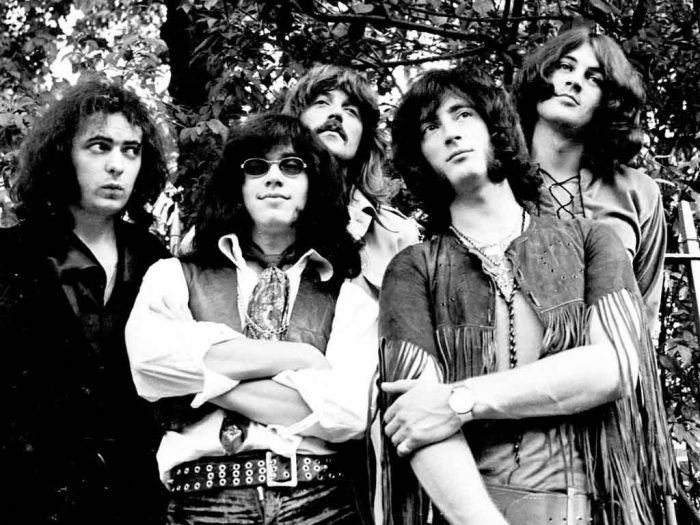
For those of us who have never been Deep Purple fans, the following analysis of their roots shows us the utility of classical music in making great heavy metal:
11 CommentsTags: Bathory, burzum, Classical, classical music, deep purple, Heavy Metal

For those of us who have never been Deep Purple fans, the following analysis of their roots shows us the utility of classical music in making great heavy metal:
11 CommentsTags: Bathory, burzum, Classical, classical music, deep purple, Heavy Metal
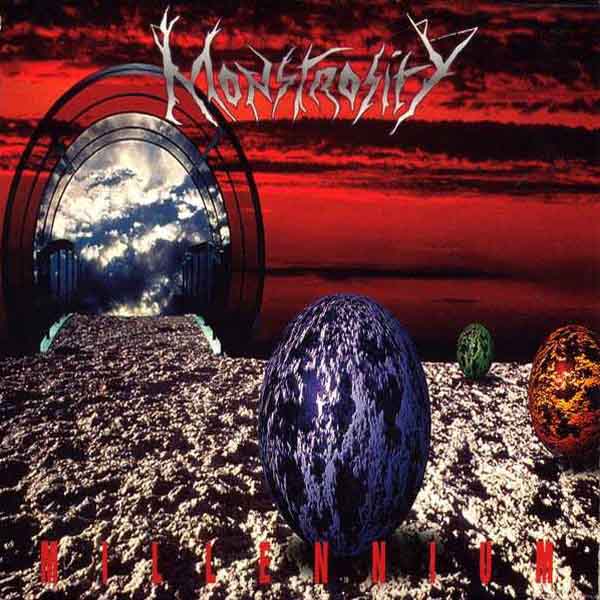
Guest article by Svennerick
Released in August of 1996, Monstrosity’s second effort Millennium is an album I personally hold in very high regards, considering I nearly spent eight months listening to it multiple times a day. This is an addictive album and each new listen made it clearer why this album stands head and shoulders above anything released under the term “technical death metal.”
9 CommentsTags: analysis, death metal, millenium, monstrosity, Technical Death Metal
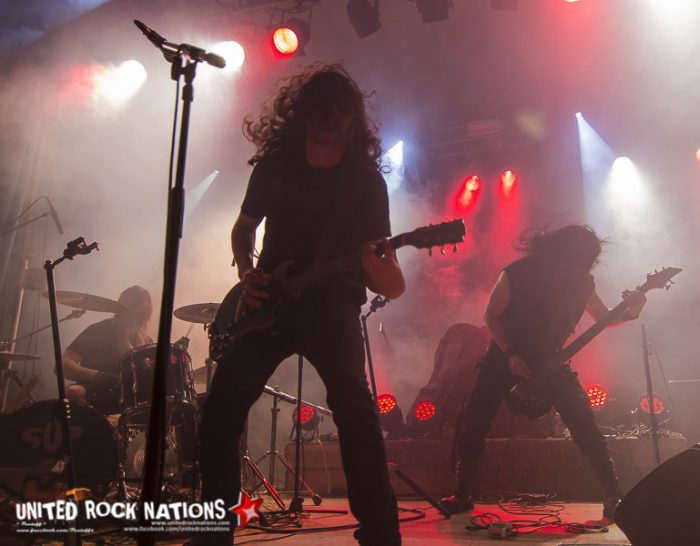
It is commonly assumed that the most unique album in death metal is Nespithe and while there is a very strong case for such a claim, Supuration’s The Cube has a stronger claim to such a title. Demilich have a large number of failed imitators while Supuration have none at all. The first listen to Demilich immediately shows the band’s intentions and dizzying whirlwinds of ideas in elaborate riff mazes. Supuration sounds like a rock hybrid that borders on modern metal but with much depth and just as unique but requiring many more listens to dig past the highly accessible aesthetics. Here are a few tools that Supuration used to create the most unique album in Death metal.
21 CommentsTags: death metal, supuration, the cube
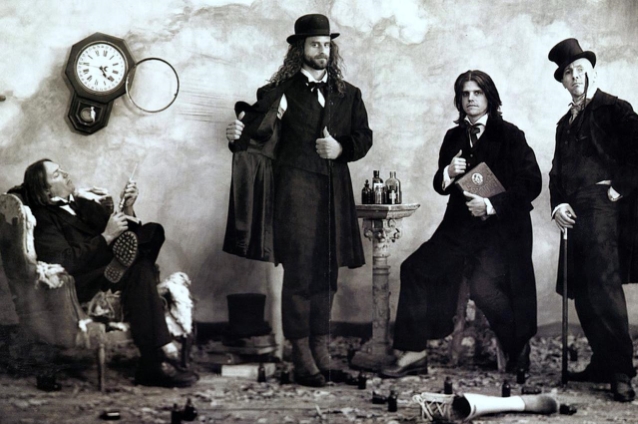
On Sunday May 5th, mega-popular hard alternative / prog-influenced esoteric psychedelic rock act Tool premiered two new full songs during the opening performance of their Summer 2019 tour.
35 CommentsTags: 2019, hard alternative, progressive rock, psychedelic rock, tool, USA
We find ourselves at one of those terrifying and exciting points in history, like standing on the narrow point of a mountain ledge and feeling the cold northern breeze. The old system has failed; we are going to change to something new, although most are still kicking their feet in a tantrum of protest at the threat of change. This opens up new spaces and possibilities.
19 CommentsTags: Black Metal, far-Right, national socialism, nationalism, Nazism, racism

The end of the year for some people is a time where they participate in debauchery and related idiocy as they are convinced that the arbitrary beginning of a calendar year absolves them of past mistakes and gives them the possibility to renew themselves without the burden of accepting reality. Those who don’t hide behind such comforting fallacies accept that this is a day like no other and that no actual changes will occur except for remembering to write 19 instead of 18 when it comes to paperwork. Metal has continued its sad and hilarious explosion to the top of the mainstream while pushing out less and less meaningful art. Rather than go ever end of the year lists as they are just useless and contain mostly salvaged junk with the occasional pearl. Here at DMU we shall analyse new compositional tools we would like to see implemented and which ones should be discarded.
Tags: Antichrist, behemoth, Black Metal, Boethiah, Dawnbreaker, death metal, disma, dissection, ectovoid, entombed, gorgoroth, Intestine Baalism, Join US, judas priest, massacra, MetalSucks, Necromaniac, necromantia, Nihilist, rotting christ, sacramentum, sammath, suffocation, Thin Lizzy, varathron
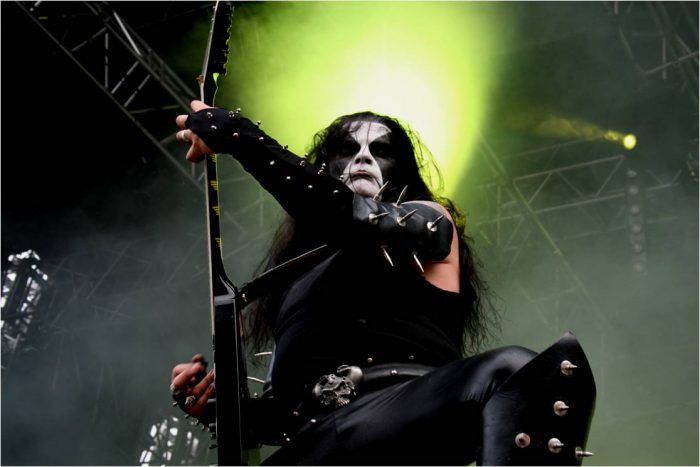
Since Metallica defined the use of palm muting in metal and made a motif of using the technique to add more emphasis to the rhythmic potency of their music, less creative bands have followed this route to the point where in modern metal melody has taken a secondary importance. Where metal was once about creating the best melodies and exploiting their full potential through arrangements, it has now become music to be listened to with the feet and other parts of the body. Bands seek to make people want to headbang through catchy Jazz like rhythms. By using one note riffs that eschew melody in favor of complexity and groove, metal has become a literal joke. All it takes now is proficiency with the right hand in playing combinations of triplets, single notes and sixteenth note with decent precision so that the sound engineer can readjust everything to a thousandth of a millisecond. Rhythm when used well is an expressive tool that can convey emotions just as well as melody as long as it is used in conjunction with a well formed melody. Let us see two examples of rhythm that have made fantastic songs even better.
13 CommentsTags: Blizzard Beasts, de profundis, immortal, rhythm, vader
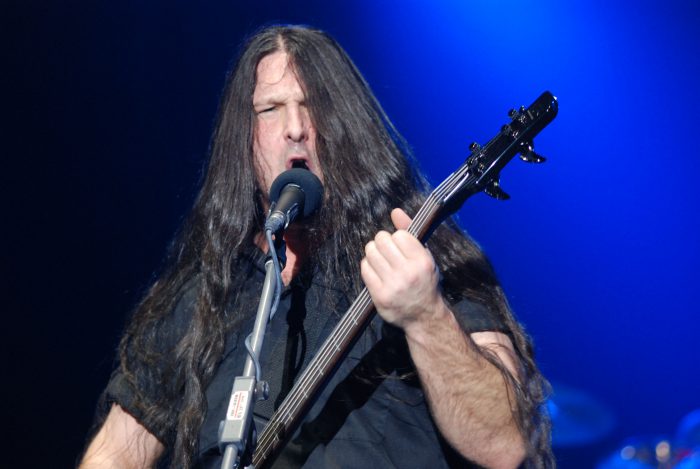
Continuing from part 1, here we analyze a different set of both good and bad vocalists who either achieved notoriety through a set of gimmicks or by being particularly gifted in a vocal style that has come to define Metal in the public eye. Unlike other genres of music, no universally acknowledged methodology has been created nor do formal teaching centers exist for growls. Yet in a time where such vocalizations have drawn more people than anyone could have expected it is necessary to seek those who do it well and add a layer of depth to the music, and to denigrate those who make a mockery or seek monetary gain from what was the most inaccessible form of singing conceived by man.
(more…)
Tags: Alissa White-Gluz, anders strokirk, Arch Enemy, asphyx, cannibal corpse, Chris Barnes, gorgoroth, Hat, martin van drunen, necrophobic, pestilence, vocal analysis
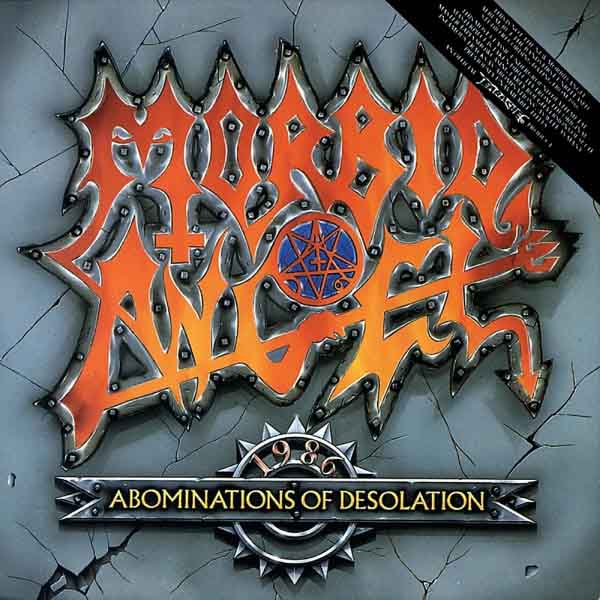
Abominations of Desolation (1986) appeared during the fertile years of death metal as the first full-length release from Morbid Angel but was relegated to demo status during the period when the band became more well known. All the songs except “Demon Seed” were re-recorded on later releases.
The true first Morbid Angel album reveals the genetic material that the band would then expand for the next three releases during what would be their musical prime. It shows the band at their peak from a compositional point of view owing in part to the combination of Azagthoth’s and Browning’s genuine belief in the Necronomicon and the focus on making their music the soundtrack to their beliefs.
The incredibly diverse riffcraft shows the band absorbing influences principally from Hellhamer, Angel Witch, Slayer and Mercyful Fate. Unlike their influences, the band plays fully developed death metal with long tremolo picked passages, single picked notes, fast alternate picked open strings playing against moving power chord progressions, even playing with other diatonic chords from time to time and combining the whole in a varied amount of ways depending on the needs of the songs. Notably absent is the influence of speed metal which would appear on the more streamlined Altars of Madness (1989). None of the bounce nor the rhythmic interplay of their contemporaries is in evidence here; the band does not accentuate the offbeats nor do they use the choppy syncopation of their more well-known peers.
From the heavy metal that was so influential to this record Morbid Angel brought the device of guitar solos, not as an ornament or an embellishment, but as a central piece within the composition that works closely with the rhythm guitars playing underneath. Here is a band with a limited number of technical tools derived from previous bands but combined in a large variety of ways that sets the standard for all of death metal and allows the band to create much more powerful melodies that can be interconnected in maze like arrangements.
Contrary to popular belief Morbid Angel never attempted to create atonal music as they obviously do enjoy smashing one note or power chord and then making the whole sequence invert the relationship formerly established. However, on a much subtler note Trey Azagthoth does have the ability to play with tonality in the most twisted of ways. Take for example “Chapel of Ghouls” and how the low chugging has a particular power to it and never sounds like the chugging between riffs from any speed metal derived band. That is because the chugging note is not the actual root note of the song but what is referred to as the subtonic. This is the last note in the natural minor scale and demonstrates a lack of desire to lead into the root note of the scale. Rather than a rhythmic embellishment, we are treated to an integral note in the many motifs of “Chapel of Ghouls” and how the band managed to truly convey power and occultist ideology through simple yet effective musical choices.
Chromaticism at this point in time had already been a widespread technique but Morbid Angel decided to apply their own twist on it. Rather than create fully chromatic passages the songs are derived from the minor scale and its variations but with added streams of three or four chromatic bursts. This really did obscure the tonality of certain passages, and gave birth to the myth that Morbid Angel played atonal music to make the band seem much more intellectual where in reality the young band did even better than that: they adapted tonality for their own style and to this day very few bands have been able to emulate these techniques efficiently.
The arrangements here push the riff as being above all else. Multiple melodies form these songs that flow in such a fluid manner that this would inspire the Norwegian scene in their compositional choices. The melodies vary in tempo and in note selection yet the transitions never sound forced as the band will lengthen the note duration when speeding up and shorten the note duration when slowing down. This allows for these motifs to mutate without being held back by rhythm. The influence of Mozart is subtle but is ever present in the way the band designs the arrangement of each song. At first each song has a primary melody that either begins the composition or is introduced by a motif of minor importance. A development then occurs either through a new riff that either takes the previous motif and transforms it or through an entirely new riff accompanied with a tempo change to push the tension even further along. Eventually the music arrives at an apex where all the tension is released before it concludes on the main motif that has now become a revelation.
Let us look at “Angel of Disease,” which has a simple heavy metal motif in D# minor without any chromatic notes. It is then warped to a slower riff that is barely in D# minor but has been deformed entirely by surrounding chromatic notes and this continues the momentum of the main motif as the cycle repeats one more time before branching out into a palm muted stream of single notes working in opposition with the secondary motif leading us to the grand climax of the song. The solos Azagthoth performs obey the underlying riffs and, through a combination of insane melodies that are at times atonal whole tone jumps or some very unique arpeggios like the diminished seventh which is an endless stream of minor thirds, create some very unique sounds. The solos through their madness show a strong logic where they reinforce the arrangements either by providing the climax or by creating even more tension upon the chromatic segments.
Abominations of Desolation takes the underground metal that evolving at the same time and use it to make the first truly mature death metal record. Surprisingly the heavy metal of the past is still very present in this band though it remains a device for the creation of the more consonant motifs, yet one can only wonder what the avenue explored by the only song to not appear on future records “Demon Seed.” The extravagant heavy metal didn’t seem to be in accordance with the band’s future works but what we have here is a Judas Priest style composition that plays with its dual identity, and it would take a few years before the European bands would develop this style further.
Where the influence of future country singer David Vincent would push Morbid Angel to explore grindcore and speed metal whilst taking influence from this album, Mike Browning was able to channel the band toward creating a powerful piece of art that is still to this day not fully understood and that neither musician has been able to recreate. There are far too many elements in this album to effectively analyze in such small an article as this is, but it reveals the power held by the common beliefs of two above average individuals, as well as reveals the magic that happened in that incredibly short period time only to disappear back to the depths of hell.
12 CommentsTags: 1986, Abominations of Desolation, death metal, morbid angel, the craft of metal
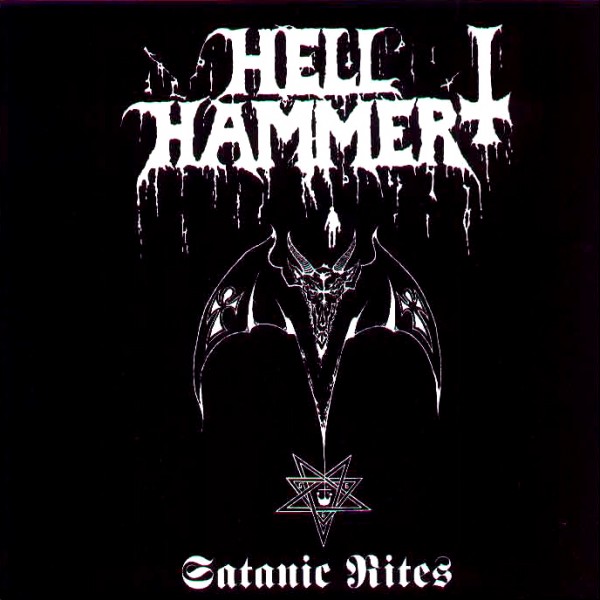
Satanic Rites is one of the early influences that would take the heavy metal and hardcore punk of the past and transform it into Extreme metal through some groundbreaking compositional tools that were unheard of at the time. On first listens, the music can be confused for many other bands due to the impact this record had in its time, and rightfully so as it serves as an excellent introduction to what metal would have perfected on a much larger scale a decade later.
(more…)
Tags: Black Metal, death metal, hellhammer, satanic rites, the craft of metal